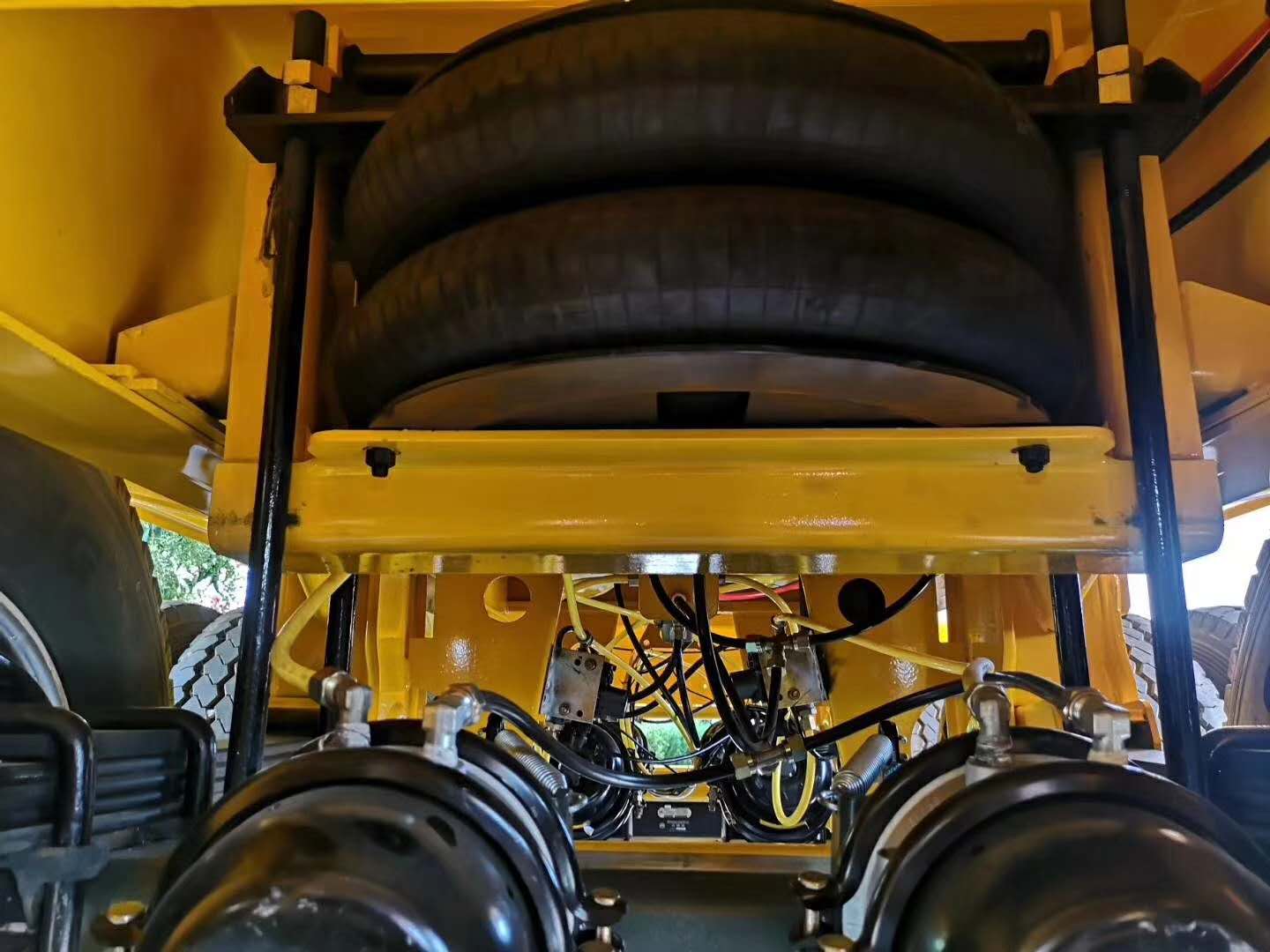Why Should You Consider Using Trailer Axle Lifting Airbags?
Trailer axle lifting airbags can greatly improve trailer performance by providing effective vibration isolation. Learn how these airbags enhance transportation efficiency with their unique air suspension technology.
Trailer axle lifting airbags offer excellent load capacity and vibration isolation, making them ideal for heavy-duty transport. By adjusting air pressure, these airbags optimize the suspension system, ensuring stability and reducing mechanical and driving vibrations. Need a trailer airbag replacement? Keep reading to find out more.
Wondering how trailer axle lifting airbags can improve your vehicle’s performance? Continue reading to learn more about their installation, maintenance, and performance optimization.
What Is a Trailer Axle Lifting Airbag?
A trailer axle lifting airbag is designed to increase load-bearing capacity, adjust the trailer’s height, and improve suspension stability. This airbag uses air pressure to optimize the trailer’s overall performance.
Trailer axle lifting airbags are commonly used in heavy-duty transportation vehicles that require high load support. Their primary advantages include vibration reduction, longer equipment lifespan, and enhanced suspension system stability. By allowing for air pressure adjustments, they help ensure that the trailer performs optimally under various conditions.
How Do Trailer Axle Lifting Airbags Improve Safety?
These airbags effectively reduce vibrations, enhance traction, and provide greater stability, making them essential for improving road safety during transit.
Apart from improving safety, the airbag’s adjustability ensures stability even in challenging environments, reducing the risk of accidents. Their design helps in absorbing shocks, providing better control and reducing road impacts, thus enhancing the safety of both the driver and the cargo.
Benefits of Using Trailer Axle Lifting Airbags for Load Distribution
By adjusting the air pressure, trailer airbags help evenly distribute the load, reducing the risk of overloading in specific areas of the trailer.
Airbags help balance the weight of the trailer, ensuring that the load is evenly distributed from front to rear. This balance is crucial in preventing mechanical damage due to uneven weight distribution and enhancing overall driving stability. Additionally, balanced load distribution reduces wear and tear on the trailer’s tires and suspension system.
What Are the Key Features of Trailer Axle Lifting Airbags?
Trailer airbags typically feature high temperature resistance, compressive strength, and adjustable air pressure, ensuring efficient operation over long periods.
These airbags are made from durable rubber and composite materials, capable of supporting heavy loads while providing reliable performance. Their robust construction ensures longevity, even under harsh working conditions. The ability to adjust air pressure allows the airbags to adapt to different load requirements, making them versatile and cost-effective.
How Much Air Can You Put in Air Lift Bags?
The amount of air in the airbags should be adjusted based on the load and suspension needs. Too much or too little air can compromise the airbag’s performance.
Proper air pressure ensures that the airbags perform at their best, providing enough support without overinflating. Underinflated airbags might not provide adequate suspension support, while overinflated ones can cause instability. It’s essential to check the manufacturer’s guidelines for ideal pressure settings to avoid performance issues.
What Do Airbags Do for Suspension?
Airbags adjust the suspension height and stability by controlling air pressure, providing a smoother and more controlled driving experience.
In suspension systems, airbags help maintain optimal height and flexibility. By adjusting the air pressure, they ensure that the suspension system can handle varying loads while maintaining vehicle stability. This ability is particularly beneficial for vehicles that frequently carry heavy or uneven loads.
What Are the Three Types of Commonly Used Pneumatic Rescue Lift Airbags?
The three most common types are single-chamber airbags, multi-chamber airbags, and adjustable airbags, each suited for different lifting and rescue needs.
Pneumatic rescue lift airbags are essential for emergency lifting and rescue operations. Single-chamber airbags offer a simple design for basic lifting needs, while multi-chamber and adjustable airbags provide greater flexibility and lifting capacity. These bags are used in situations such as vehicle recovery, building collapse rescue, and industrial lifting tasks.
What’s Better, Airbags or Hydraulics?
Airbags are more flexible and cost-effective, while hydraulic systems provide more stable and precise force output, making them suitable for heavy-duty applications.
Airbags provide quick adjustments and are suitable for varying load requirements, while hydraulic systems offer consistent performance under high-pressure conditions. If flexibility and ease of adjustment are your priorities, airbags may be the better choice. However, if you need more precision and power, hydraulic systems might be preferable.
Will Timbrens Work on a Lifted Truck?
Timbrens are great for enhancing load-bearing capacity, especially in lifted trucks, offering improved suspension support and preventing bottoming out.
Timbrens are designed to provide additional suspension support, especially in lifted trucks. They are effective in reducing the risk of suspension failure and improving vehicle stability under load. When installed on a lifted truck, they provide enhanced performance by offering a more durable and supportive suspension system.
What Is the Difference Between Airbags and Timbren?
Airbags provide adjustable air pressure support, while Timbrens rely on mechanical springs to maintain suspension stability, offering different approaches to load management.
Airbags offer the ability to adjust air pressure for various load conditions, providing a flexible suspension system. In contrast, Timbrens use mechanical springs to provide fixed support, making them more reliable in high-load conditions but less flexible. Choosing between the two depends on whether you prioritize flexibility or fixed support.
Will Air Shocks Lift My Truck?
Yes, air shocks can lift your truck by adjusting the air pressure in the shocks, providing increased lift and improved suspension control.
Air shocks are ideal for adjusting a truck’s height and improving suspension handling. By adjusting the air pressure, they provide greater load-bearing capacity and stability. This makes them suitable for trucks that need to carry heavy loads or travel on rough terrain.
Summary
Trailer axle lifting airbags are essential for improving transportation safety, optimizing load distribution, and enhancing suspension stability, making them an excellent choice for heavy-duty transport needs.If you need more information, please consult.







One Response
Reading this is like tracing the contours of familiar terrain with new awareness. Each sentence encourages attention, reflection, and discovery, allowing insight, nuance, and quiet emotional resonance to emerge gradually.